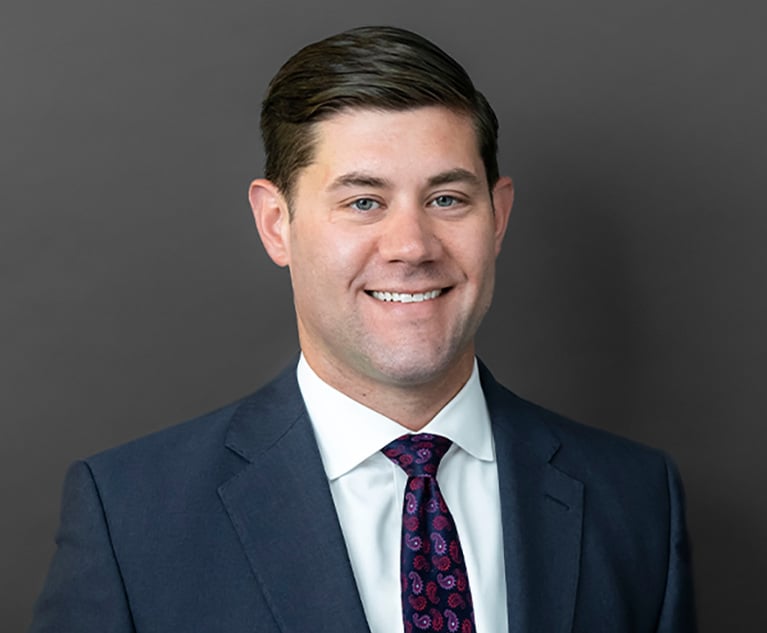In March 2018, I authored a column on civil RICO claims brought under 18 U.S.C. Section 1962(a) and (b). In that space, I explained the complexity of those sections within RICO cases. A recent decision out of the U.S. District Court for the Eastern District of Michigan underscored the RICO “proximate cause” inquiry highlighting yet another, often overlooked, complexity in litigating such cases.
On July 8, U.S. District Judge Paul Borman of the Eastern District of Michigan issued a ruling on General Motors’ civil RICO lawsuit against Fiat Chrysler Automobiles, holding that GM’s injuries were not caused by Fiat’s alleged racketeering scheme. See vGeneral Motors v. Fiat US, (E.D. Mich. July 8, 2020). The court rejected the two theories that GM put forth to support its RICO claims against Fiat for its failure to plead facts to show a “direct relation between the injury asserted and the injurious conduct alleged,” known as the “proximate cause” prong of Section 1962, (quoting Holmes v. Securities Investor Protection (SIPC), 503 U.S. 258, 265–268 (1992)).


 Edward T. Kang, Kang Haggerty & Fetbroyt
Edward T. Kang, Kang Haggerty & Fetbroyt




